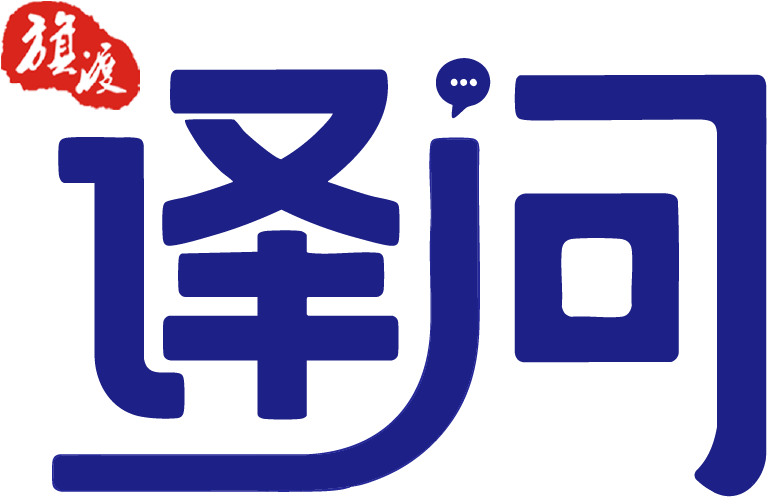中国日报的language tips中对“分税制”给出的译文确实是“tax sharing system”,但也有用其他译法的,如tax assignment system:
The 1994 reform was an attempt to replace the old discretion-based system of revenue-sharing with a new rule-based system of revenue-sharing. The new system was called the tax assignment system (fenshuizhi).
关于这两种译法哪种更为妥当,首先需要准确理解:
分税制是按税种划分中央和地方收入来源的一种财政管理体制。实行分税制,要求按照税种实现“三分”:即分权、分税、分管。所以,分税制实质上就是为了有效的处理中央政府和地方政府之间的事权和财权关系,通过划分税权,将税收按照税种划分为中央税、地方税(有时还有共享税)两大税类进行管理而形成的一种财政管理体制。
由此可见,这里所说的“分”,相对于过去的“合”。过去不分地税局、国税局,只有一个税务局。各地税务局(代表中央政府)把各种名目的税收上来后,通过不同安排(统收统支、分成、包干)与中央共享。这里所说的“税”,是指“税种”,而不是“税收”。
理解后,再说翻译。看到“税”字,我们往往不假思索翻译为tax。但“税”既可以指“税种”,也可以指“税收”。前者翻译为tax,后者翻译为revenue,不能随便使用。Tax是指对产品、收入、活动所征收的费用:
A fee charged (levied) by a government on a product, income or activity. If tax is levied directly on personal or corporate income, then it is a direct tax.
而revenue指政府通过征税等活动获得的收入:
Revenue, the income of a government from taxation, exercise duties, customs, or other sources, appropriated to the payment of the public expenses.
因此,有tax revenue一说:
Tax revenue is the income that is gained by governments through taxation。
可见,tax是手段,revenue是结果。“分税制”改革是对税种进行分配。有的税种让中央征收,有的税种让地方征收,有的税种(共享税)由中央征收,但收入与地方分成。
因此,分税制中的“税”译为tax是正确的。Tax assignment system(对税种进行分配的制度)的说法是成立的。
Tax sharing system的用法,虽然用对了tax,但sharing值得商榷。因为在过去的税制中,全部的税种都是共享的,但现在的税制中,只有少量共享税。引入分税制,就是要改革过去的共享税制。用tax sharing命名,等于用旧制度命名新制度。

